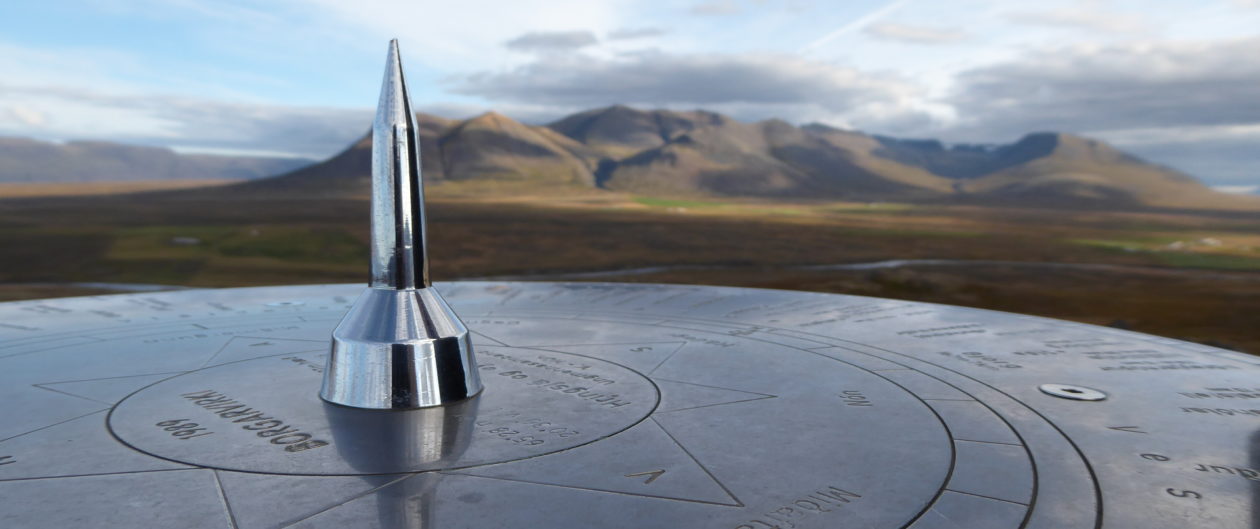Waipoua Forest

Out next destination is the Waipoua Forest where the remnants of ancient Kauri trees, some of them 2000 years old, are living out their belatedly protected lives.

There will never again be native Kauri forests like there were when the English first showed up on these shores. Between the massive deforestation of the past and the diseases and invasive pests of the present, the Kauri’s that are left are barely hanging on. Raised wooden walkways wind through the forest protecting the tender Kauri roots from foot traffic and the diseases carried by boots.

Each of the really old trees has been given its’ own name and a lengthy Maori legend to go with it.

A guide is talking story to a Maori family in their native tongue and we stop to listen to the musical language for a bit. Plaques along the way tell the stories in two languages for those of us not conversant in Maori.

After wandering around in the forest and communing with the ancient trees there, it started raining in earnest, so drove down to Matakoe and toured the extensive Matakoe Kauri Museum.

One of the things we learned about was the parasitic fungus that grows on Kauri tree roots which can be boiled down to reveal intricate “woods flowers”.

Kauri trees have been exploited for their beautiful wood, and for the sap, or gum, which can age into a type of amber, and which was exported during the 1800’s to make varnish and linoleum flooring, enabling many gum diggers to earn a living. Many tree climbers also worked bleeding the trees for sap.

Even after whole forests have been cut down or blown and buried into swamps by volcanic blasts, the wood and gum is still salvageable. Fossilized gum, like amber, sometimes has insects and plants embedded in it and makes into beautiful carvings.
I actually like the 45,000 year old swamp Kauri wood better than the fresher version. It has a deeper, more interesting character.

Woodcarvers are still able to dig up Kauri logs from old swamp grounds to get usable wood and gum. This museum is definitely worth stopping at if you get a chance. The displays run the gamut from pioneers to logging. The huge tree ferns we have been seeing everywhere make pretty wood too.

Tokatoka, the Volcanic Neck Climb
The day cleared up again as we left the museum and drove south for a short hike up a very steep hill, actually what was left of the center of a volcano.

Jeff made it almost to the top but his fear of heights suddenly kicked in just shy of the tiny summit.

The top was flat, and maybe 8 feet wide and 12 feet long with steep drop offs all around. The view was amazing though.


We had to back track a little ways North to find a campsite for the night. We were not ready to get closer to Auckland just yet. It is so nice out in the country.


Night 25, Dargaville, North Island, NZ


We spent the night in a campground in Dargaville which the owners had retired to about 14 months prior. Nice folks, who went out of their way to find us a motel near the Auckland airport to stay in for our flight out to Australia on Christmas day, the next (our 26th) night. We did our laundry and ate dinner while talking with them under the roofed over barbecue. The campground was nice and quiet on this pre holiday night and I could almost imagine doing something similar in our retirement. Almost.
Final Night in New zealand
The next morning as we headed into Auckland, we ran into our first serious traffic on the whole trip. Apparently everyone and their brother was escaping Auckland and traffic going north was bumper to bumper and barely moving. Our side was fine. We were the only ones on the planet planning to spend Christmas eve in an airport motel. We were also under a tight deadline because we had to get to our room, empty the van, take it to be washed and vacuumed and be back at the Spaceship place by 5pm.
The motel was the only night we had needed a reservation and it was the worst place we stayed. We were the only two people at the onsite restaurant for dinner and the two Indian women working there were watching a movie in their native tongue as we ate. Even though we did not understand the words, the movie was easy to understand- classic man meets woman, falls in love, blah, blah. It was a very strange way to spend Christmas eve.
In the morning we would catch a shuttle to the airport and bid farewell to this great country of New Zealand. We had such a great visit and there is so much more we did not get to see. Twenty six nights was just barely enough to get a good idea of the places we saw and it would be much better to spend a few months here, like the backpackers seem to do. I would have liked to do some long back country hikes or wander around on horseback, do a longer sailboat trip…It is one beautiful country and worth whatever it takes to get yourself there.
The next stop is in Perth Australia for a week with my daughter and her family, and then finally, home to the critters.

-Wendy lee, writing at Edgewisewoods









































 A flourishing business has evolved with shovel rentals, paid parking and cabin rentals nearby.
A flourishing business has evolved with shovel rentals, paid parking and cabin rentals nearby.
















































































































































 Some of the Murals were about earthquakes. Foxton and all of New Zealand, gets
Some of the Murals were about earthquakes. Foxton and all of New Zealand, gets 

























 Restaurant on the Water’s Edge
Restaurant on the Water’s Edge























































